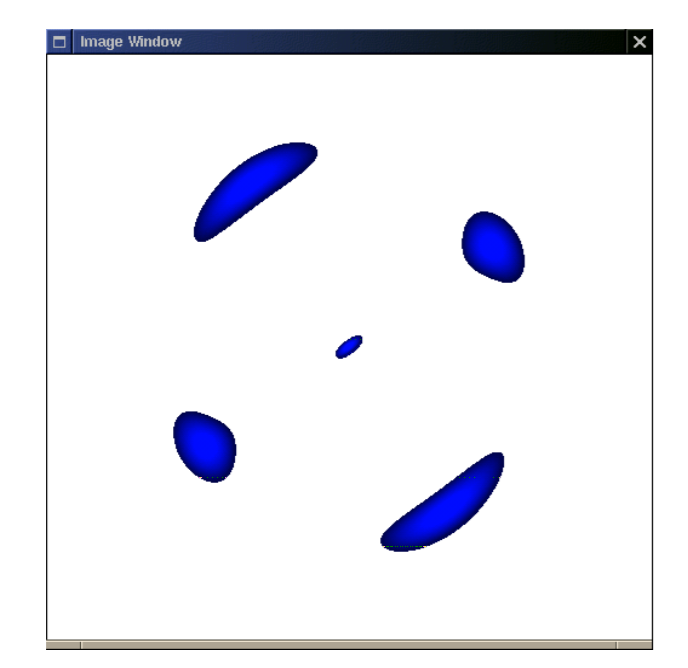Visualizing Gravitational Lensing
Gravitational Lensing is a phenomena in
astrophysics that intressted me and which
I then chose as my technical science project.
The goal of this project is to visualize
gravitaional lensing using either code or
an editing software. Intuitively I wanted to
make it interactive and if possible, in a VR
enviornment. Since the theory behind gravitaional
lensing is quite difficult and heavy, it's
extremely time consuming. Being very ambitious
I wanted to make it as good as possible from
the beginning but being realistic I see that
I will have to simplify it a bit but then
continue the work next year. The plan is now
to use the programming classes to work on this
project and then do it entirely in code.

The uppercase letter Ξ is used as symbol for: The "cascade particles" in particle physics. Indicating "no change of state" in Z notation.
Gravitational Lensing is a phenomena in astrophysics
based off of Albert Einsten's prediction and theory
of relativity. It's highly useful to determine distance
of stars located very far away as well as just being
able to see them. How it works is that massive objects
curve the light rays coming from very distant light sources
such as quasars. The fabric of spacetime is also bent due
to the enormous force of gravity that a massive object has.
Then gives the observer, us, recieves distorted images of the
distant object behind the massive object. Usually these
massive objects are galaxy clusters, black holes, the sun
and such. The difference between Einstein's theory of
relativity and gravitational lensing is that, while
both bend light rays, gravitational lensing bends the
spacetime itself, rather than bending light with curved
material.
There are different variations of gravitaional lensing.
These are microlensing, strong lensing and weak lensing.
Weak lensing shows arclets and some shearing. Weak lensing
can only be revealed and observed through vast amounts of
statistical analytics of star- and galaxy fields. Strong
lensing produces multiple images or large arcs, eg.
Einstein Rings. These are the more rare types of gravitational
lensing. Microlensing manifests as small
changes brightness of objects nearby. In microlensing
the brightness also changes over time due to relative
movement of multiple bodies. Microlensing is also difficult
to not get confused and mixed up with changes in the brightness
and the radiating light of stars since it manifests as just that.
The difference between them is the cause of the change in
brightness. If its microlensing then the cause of the change
is star lenses whereas otherwise it could be because of
variable stars (stars that change in brightness) or novae.
Before the images that are produced by the gravitaional
lens reaches our eye and can be observed, the radiated
radioativity of the background source gets distorted by
a lensing galaxy. This is calculated using the equation
𝛽=𝜃-α(𝜃)
The vast amount of matter and the size of a lensing galaxy
is much smaller than the relative distances between the
original source, the lens and the observer, us. This means
that the distribution of the mass of the lens itself becomes
approximated to a bi-dimensional distribution, also known as
the thin screen approximation.

email : namn.efternamn@gmail.com
tel : 070 000000